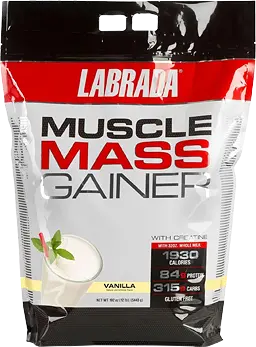Knowledge BaseYou're Questions Answered
Is protein powder acidic?
Protein powders can be slightly acidic, depending on their specific ingredients and formulation. The acidity of protein powders is typically measured by their pH level, with lower pH values indicating greater acidity. The acidity in protein powders largely stems from the amino acids they contain, which are the building blocks of proteins.
Many amino acids, such as glutamic acid and aspartic acid, are naturally acidic. Additionally, the processing methods used to isolate and purify protein can also influence the pH of the final product. For instance, whey protein, a common type of protein powder, is a by-product of cheese production during which lactic acid is used, potentially leading to a lower pH (more acidic conditions) in the whey protein (1).
Here are some considerations regarding the acidity of protein powders:
- Impact on Health: Consuming acidic substances, including some protein powders, can affect the body's pH balance temporarily. However, the human body is well-equipped to regulate its pH through mechanisms like respiration and kidney function, so for most people, the acidity of protein powders should not cause health problems (2).
- Effects on Digestion: Some people might find that acidic protein powders can irritate the stomach, especially if consumed in large amounts on an empty stomach. If you experience gastrointestinal discomfort, consider choosing a protein powder with a higher pH (less acidic) or consuming your protein shake with meals to buffer the acid (3).
- Buffering Agents: Some protein powders include additives that act as buffering agents to reduce acidity. These can help make the protein powder easier on the stomach and improve overall palatability.
If you are concerned about the acidity of your protein powder or its potential effects on your health, it's advisable to consult with a healthcare provider. They can offer guidance based on your health needs and dietary restrictions. Additionally, checking the nutritional label for pH values or acidity regulators included in the formula can provide further insights into the product’s acidity.
- Phillips, S. M. (2014). A brief review of critical processes in exercise-induced muscular hypertrophy. Sports Medicine, 44(Suppl 1), S71-S77.
- Remer, T., & Manz, F. (1995). Potential renal acid load of foods and its influence on urine pH. Journal of the American Dietetic Association, 95(7), 791-797.
- Fenton, T. R., & Lyon, A. W. (2011). Milk and acid-base balance: proposed hypothesis versus scientific evidence. Journal of the American College of Nutrition, 30(5 Suppl 1), 471S-475S.
Related Questions
Protein vs Protein

Your Answer
We are a participant in the Amazon Services LLC Associates Program, an affiliate advertising program designed to provide a means for us to earn fees by linking to Amazon.com and affiliated sites.


